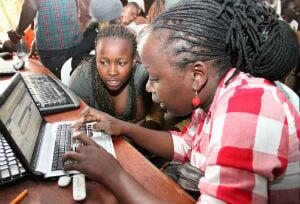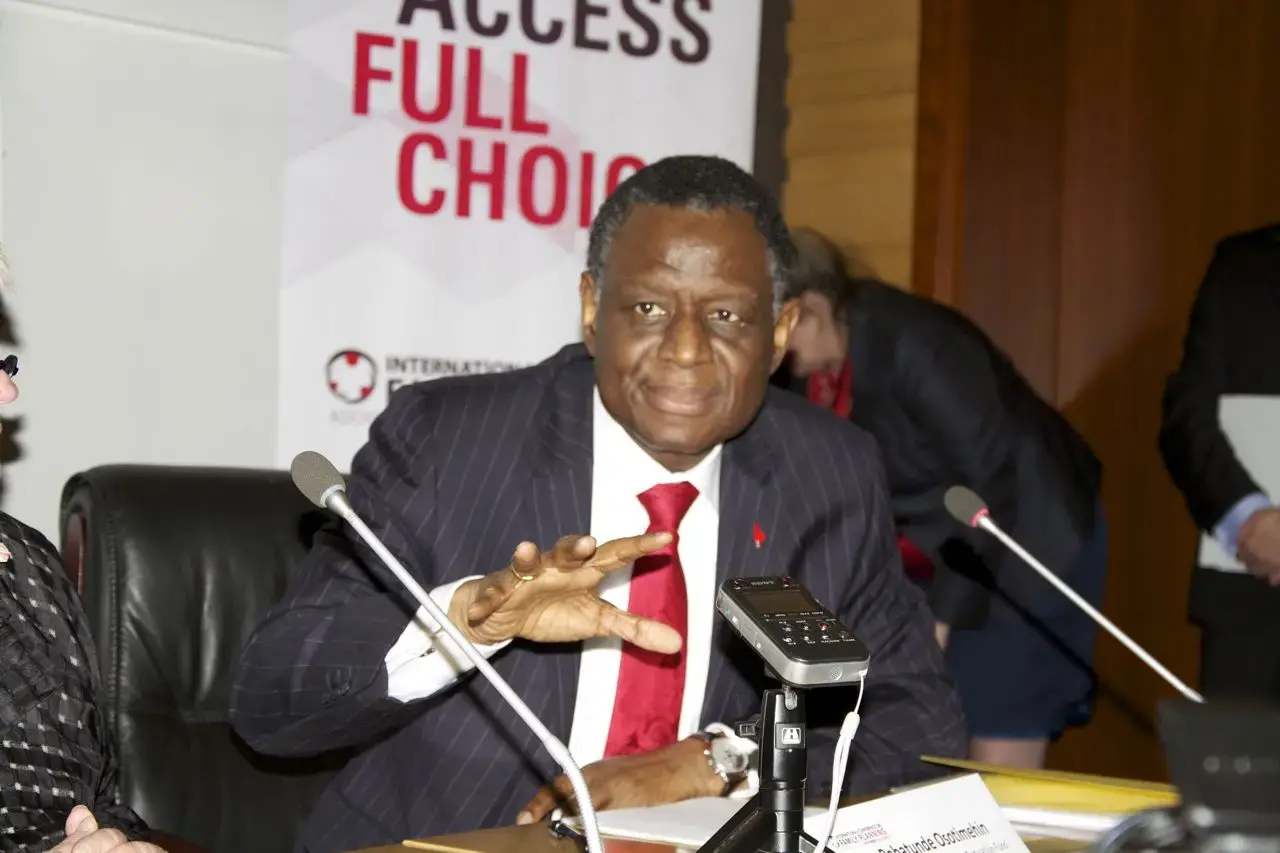Different issues will be competing for the attention of different African leaders attending the 69th United Nations General Assembly Special Session on International Conference on Population and Development (ICPD) Beyond 2014 in New York on 22 September.
But the central question for Africa’s development today is this: How do we harness the dividend from the continent’s current youthful population?
Solving this issue has never been more fundamental to Africa’s development than it is today.
For decades many, Africa countries have come up with a variety of ‘development plan.’ But often missing in these documents is how best to harness the potential of the youthful population for the transformation of the continent.
Thus, strategic investment to harness the potential of the youth population can no longer wait.
The groundswell for change
Africa is undergoing important demographic changes which provide immense economic opportunities. Currently, there are 251 million adolescents aged 10-19 years in Africa compared to 1.2 billion worldwide, which means that around one in five adolescents in the world comes from Africa.
Africa’s working age population is growing and increasing the continent’s productive potential. If mortality continues to decline and fertility declines rapidly, the current high child dependency burden will reduce drastically. The result of such change is an opportunity for the active and employed youth to invest more. With declining death rates, the working age population in Africa will increase from about 54 per cent of the population in 2010 to a peak of about 64 per cent in 2090.
This increase in the working age population will also create a window of opportunity which, if properly harnessed, should translate into higher economic growth for Africa, yielding what is now termed a ‘demographic dividend’ – or accelerated economic growth spurred by a change in the age structure of the population .
Reaping the demographic dividend requires investments in job creation, health including sexual and reproductive health and family planning, education and skill development which increases per capita income.
Due to low dependency ratio, individuals and families will be able to make savings which translate into investment and boost economic growth. This is how East Asian countries (Asian Tigers) were able to capitalize on their demographic window during the period 1965 and 1990
The impact of such a demographic transition on economic growth is no longer questionable – it is simply a fact.
But this transformation requires that appropriate policies, strategies, programs and projects are in place to ensure that a demographic dividend can be reaped from the youth bulge.
Seizing the moment
Without concerted action, many African countries could instead face a backlash from the growing numbers of disgruntled and unemployed youth that will emerge.
In the worst case scenario, such a demographic transition could translate into an army of unemployed youth and significantly increase social risks and tensions.
To seize the opportunity, African states will need to focus their investments in a number of critical areas. A priority will be the education and training of their youth.
African governments must know that efforts to create a demographic dividend are likely to fail as long as vast portions of young females are denied their rights, including their right to education, health and civil participation, and their reproductive rights.
If these efforts are to succeed, this will demand addressing gender disparities between today’s boys and girls especially, but more specifically, addressing the vulnerabilities of the adolescent girl.
Beyond rhetoric
As we move toward the post -2015 development agenda, unleashing the potential and power of Africa’s youth should be a critical component of the continent’s developmental strategies, as reflected in the Addis Ababa Declaration on Population and Development – the regional outcome of ICPD beyond 2014 – and the Common African Position on the post-2015 development agenda.
This can no longer be reduced to election or political polemics. It requires urgent action.
Young people are central to the realization of the demographic dividend. It is therefore important to protect and fulfil the rights of adolescents and youth to accurate information, comprehensive sexuality education, and health services for sexual and reproductive well-being and lifelong health, to ensure a productive and competitive labour force.
Africa cannot afford to squander the potential gains of the 21st Century offered by such an important demographic asset: its youthful population.
Julitta Onabanjo, Regional Director, UNFPA East and Southern Africa
Benoit Kalasa, Regional Director, UNFPA West and Central Africa
Mohamed Abdel-Ahad, Regional Director, UNFPA North Africa and Arab States




